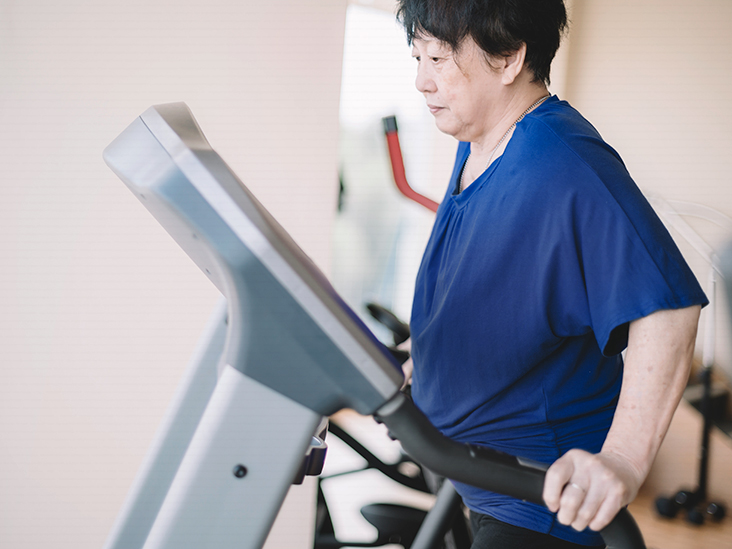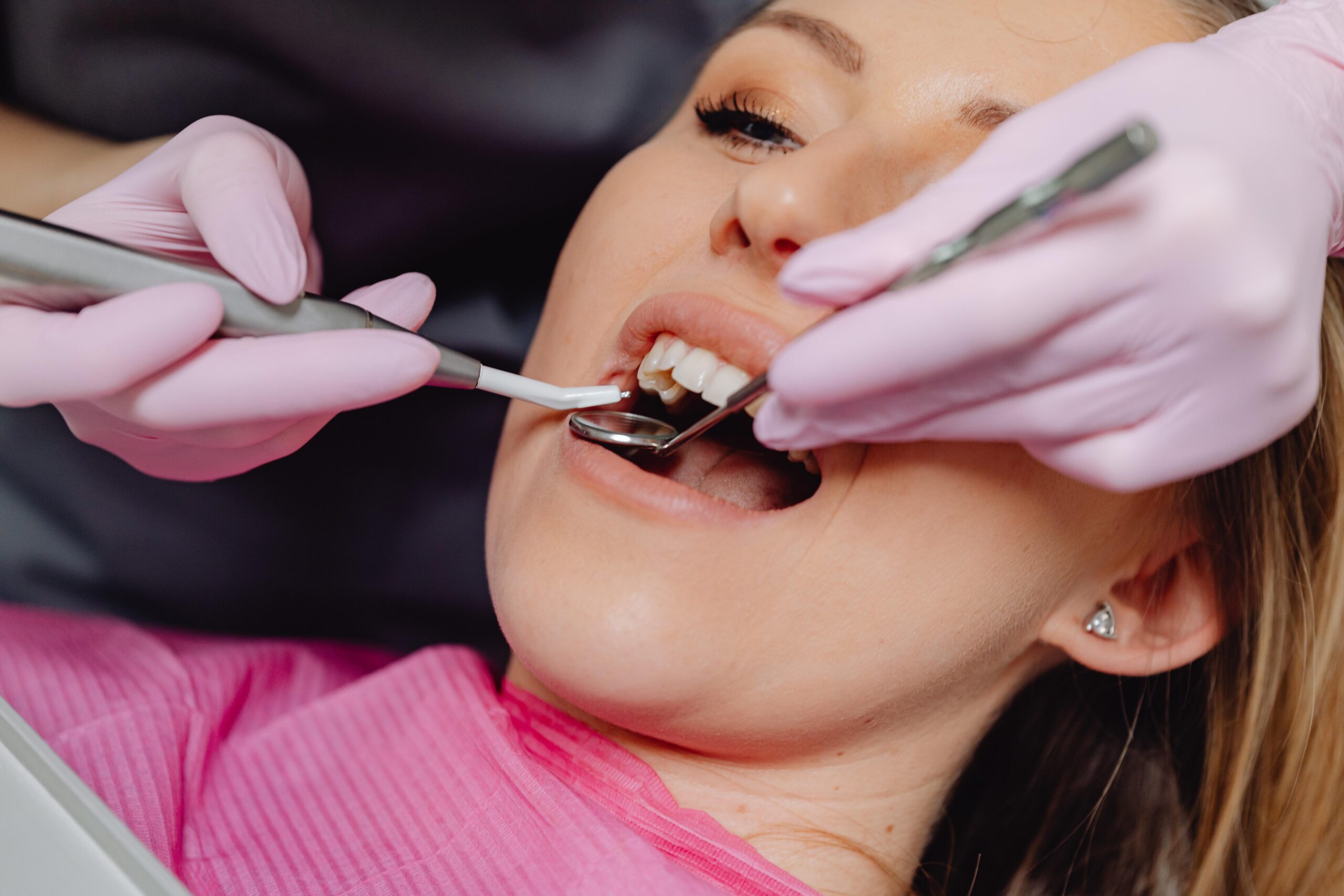Stroke is a condition affecting the brain which may or may not be lethal depending upon the recognition and spontaneity of action. However, it is certainly associated with chances of a second stroke and massive aftereffects. In the possibility of stroke occurrence or after the first stroke, it is recommended to understand its symptoms.
FAST is a common method that does not require medical knowledge but the mere presence of mind. Thus, acting fast can save someone’s life.
7 Things you Should not Ignore Undergoing Stroke Treatment
Given the increased chances of a second stroke after the first one, based on studies and practical occurrences, here are the seven things you should not ignore after a stroke treatment.
Remember to pay attention to your gut health.
A bidirectional link exists between the gut and the brain through the vagus nerve. Gut health is crucial for each organ system in the body, including the brain, which brings us to the new era of customised probiotics. The concept of customised probiotics has yet to be made available. However, doctors do recommend a fibre-rich, balanced diet. You should be conscious about your food and put effort into including various vegetables and fruits. Avoid junk food that damages the microbiota (microbes living in the gut) and contributes to high lipid levels, which aid in the second stroke.
Remember to focus on your foot.
Stroke affects mentally and physically. The result may be the inability to lift the front part of the foot and over-contracting the toes. The former occurs due to muscle and nerve damage in the ones associated with the movement and often results in problems in walking. The latter phenomenon is called ‘curled toes’ or ‘claw toes’ by doctors and occurs due to nerve signal disruption. The possible cure is a therapy involving a variety of exercises which the patient should not miss.
Perform Hand Exercises
Arm weakness is a component of FAST, and the stroke can leave the symptoms as common as in nine out of ten patients. Arm and hand impairment and paralysis are evidenced by worsened coordination, motion and strength or inability to voluntary hand movement due to spasticity or muscle stiffness. Numerous medications and therapies assist in treating the condition with successful results. It involves rewiring or teaching the brain again about how to act. The phenomenon is referred to as neuroplasticity, and it strengthens coordination by repeating the actions, yielding an enhanced recovery rate.
Remove Learned Non-Use
Patients often prefer using easily movable limbs (hands or legs) over stiff ones, as mentioned above. It is associated with negative results, as the non-usage may lead to cell degeneration and loss of complete control over the limbs. Daily conscious efforts are required to regain the original state of movement, which is possible through Constraint Induced Movement Therapy (CIMT).
Work on Mental Strength
Dejection signs are common after a challenging time due to the effect on the sole organ responsible for it. But it is treatable and nothing to worry about. Labile mood, reflex crying, and emotional lability are all names for PseudoBulbar Affect. It is visible as sudden crying and stopping or unnecessary laughing. Additionally, depression and anxiety may accompany the stroke and its aftereffects.
Again, medication, therapy and family support can bring the person dealing with it back to normal happy life before the stroke. Lifestyle changes like activity in support groups, conscious efforts to eat a healthy and balanced diet, independence and physical activity are recommended as they produce beneficial results. Speaking to therapists provides motivation, lets the patients be heard and evaluate themself under the correct guidance.
Work on Vascular Dementia
Attack on blood vessels may disable the memory system and cognitive functions. In such instances, it is highly significant to maintain blood pressure, cholesterol and sugar levels, as they hold the potential to restrict blood supply again. The patient should regularly take care of the diet and medications and control the levels under expert medical assistance.
Act on the inflammation status of the body.
Hyperactivity of immune cells and hormones leads to stress conditions, which indirectly cause a lot of harm, including increasing blood pressure and becoming a cause for another stroke. It also destroys gut health, disrupting the complete proper functioning of the body, increasing reactive oxygen species (ROS), and further damaging the genetic material and cells. Recognition, medication, exercise, and a balanced diet are some of the methods that can treat the condition. A variety of foods provides antioxidants to combat the issues.
Conclusion
Based on the aftereffects, diet is the most important factor to consider during and after stroke treatment. The therapy can reverse multiple effects caused by the stroke. Still, organ systems can remain healthy only if conscious actions are taken to improve and maintain a fibre-rich, balanced diet. Facing physical and mental problems after the stroke is completely normal and requires medical attention and family support.
Read More Health Blogs about alcoholics liver disease.
Five Things To Remember When Undergoing Heart Attack Treatment




